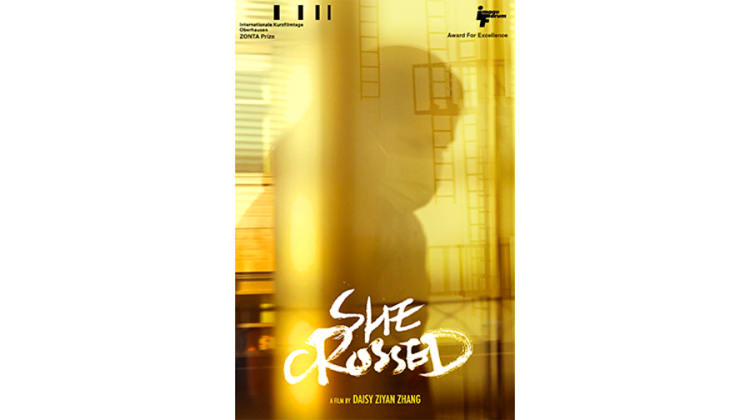4.032
4.033
Design Studio: Information Design and Visualization
UG: 4.032, G: 4.033
Provides an introduction to working with information, data and visualization in a hands-on studio learning environment. Studies the history and theory of information, followed by a series of projects in which students apply the ideas directly. Progresses though basic data analysis, visual design and presentation, and more sophisticated interaction techniques. Topics include storytelling and narrative, choosing representations, understanding audiences, and the role of designers working with data.
Graduate students are expected to complete additional assignments.
T.A.
Spring
2026
3-3-6
U
2-4-6
G
Schedule
WF 9:30-11
Location
N52-337
Prerequisites
4.053
Required Of
BSA, Design Minor
Restricted Elective
Design Minor
Enrollment
Limited to 15
Preference Given To
BSA
Can Be Repeated for Credit
No



